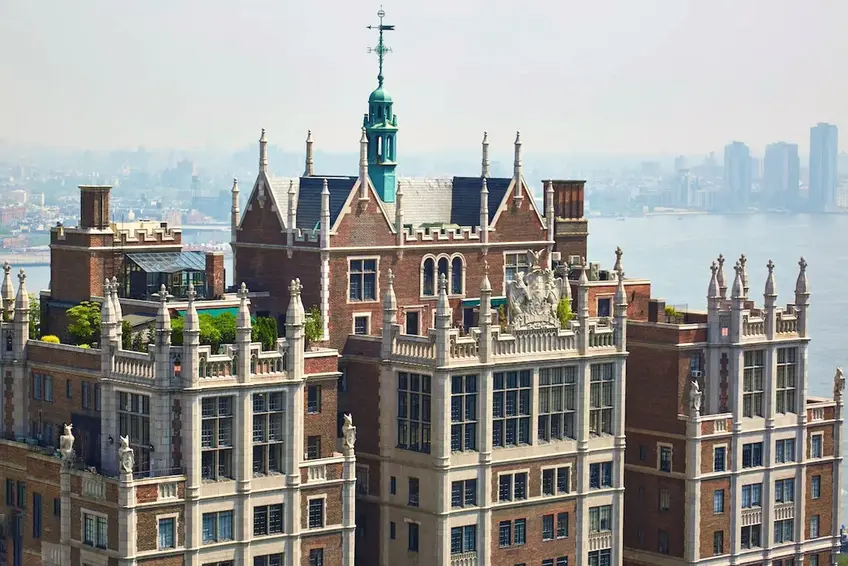 The Neo-Gothic design of Windsor Tower (Brown Harris Stevens)
The Neo-Gothic design of Windsor Tower (Brown Harris Stevens)
As New York City housing advocates, city planners, and politicians look for ways to make housing more affordable, one experiment in middle-class housing continues to work. Since the mid-1920s, Tudor City — a 13-building complex located in the Turtle Bay neighborhood on Manhattan's East Side — has provided middle-class New Yorkers with an affordable way to rent and own and to do so in a unique city-within-a-city.
This article delves into Tudor City's history and explores what the complex offers present-day New Yorkers looking for a safe, quiet, and affordable place to buy. And for those whose curiosity has been piqued, we present a selection of the most beautiful listings currently on the market in Tudor City.
This article delves into Tudor City's history and explores what the complex offers present-day New Yorkers looking for a safe, quiet, and affordable place to buy. And for those whose curiosity has been piqued, we present a selection of the most beautiful listings currently on the market in Tudor City.
In this article:
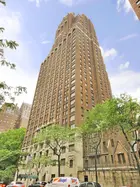
Woodstock Tower, 320 East 42nd Street
Turtle Bay/United Nations
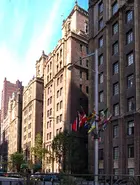
The Manor, 333 East 43rd Street
Turtle Bay/United Nations
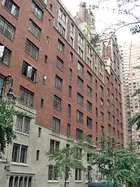
Hardwicke Hall, 314 East 41st Street
Turtle Bay/United Nations
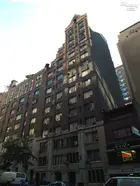
Hatfield House, 304 East 41st Street
Turtle Bay/United Nations
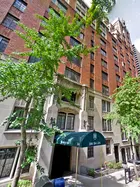
Haddon Hall, 324 East 41st Street
Turtle Bay/United Nations
Tudor City’s grand plan
When plans for Tudor City were announced in 1925, the development promised to be the largest housing development ever undertaken in mid-Manhattan. Initially, the project promised to bring 20 apartments to Midtown, along with unique resident amenities, including "a fifteen-story garage of the ramp type for use by residents." Despite offering a garage to residents, one of Tudor City's plans was to help tackle Manhattan's growing traffic problem. As Tudor City developer Fred French told The New York Times in 1925, “The surest way to solve the traffic problem is to eliminate it. That is, establishing living quarters near one’s place of business.”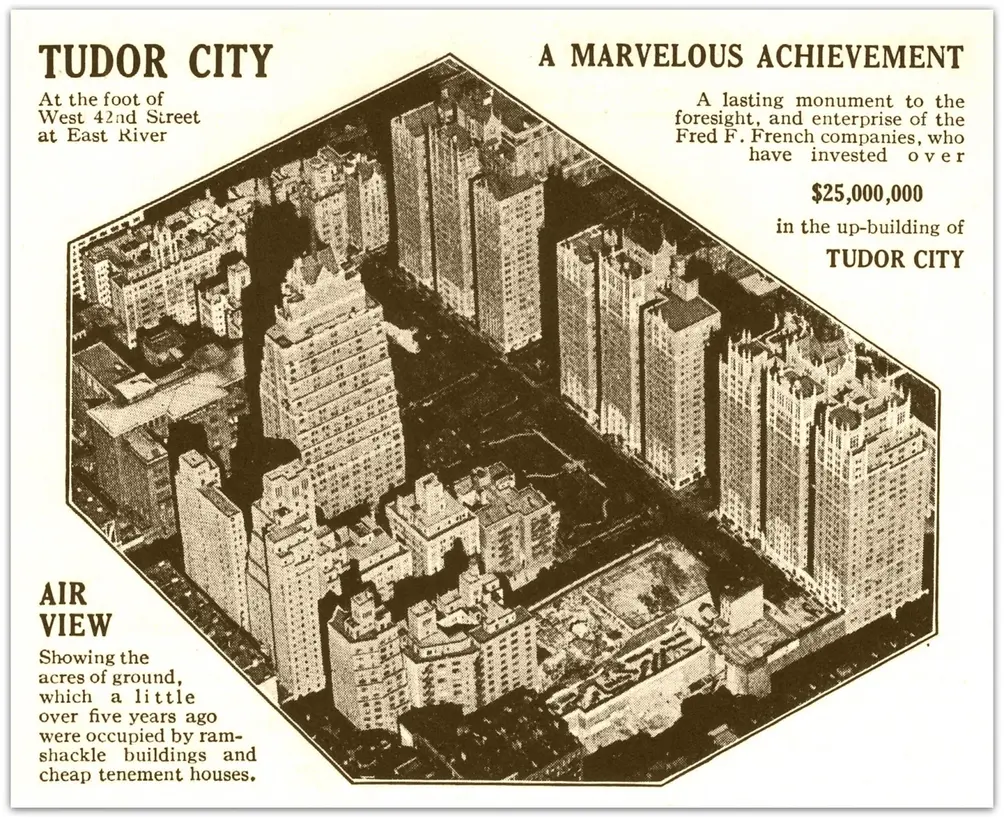 Aerial view of Tudor City (
Aerial view of Tudor City (
When Tudor City launched, the complex, one of the world’s first high-rise living communities, was a rental project (the majority of Tudor City’s buildings converted to coops in the 1980s). Also, while Tudor City may be mostly known as a place to purchase a studio or small one-bedroom unit, when it launched, French boasted that the complex would include everything from studio units with just a kitchenette to twelve-room and four-bath flats. Originally, housekeeping services were also available to residents, though that came at an additional cost.
Just like contemporary New York, in the mid- to late 1920s, middle-class New Yorkers were desperate to find an affordable place to live within walking distance to work. As a result, it is no surprise that apartments in Tudor City were in high demand. Initially offered a bargain rate of just $500 a year (about half the going rate when the apartment complex opened its doors), units in the first tower to open rented immediately. Even after raising the annual rent on units in subsequent towers, applications and interest were extremely high, resulting in Tudor City's buildings each reaching near full or full occupancy shortly after launching.
"Tudor City ensured the return to middle-class respectability of midtown's East Side" - Tudor City Historic District designation report
In the 1970s, a group of investors led by Harry Helmsley bought most of Tudor City and announced plans to build skyscrapers on the parks' open spaces. This ignited a series of lawsuits and protests, including one where people physically blocked a bulldozer from entering the parks, and Helmsley accepted defeat in the mid-1980s. At this time, the complex was sold to Time Equities Inc., which converted the majority of the buildings to co-ops.
What Tudor City has to offer
A century later, Tudor City still has much to offer New Yorkers. In fact, it remains a sought-after place to live south of 96th Street in Manhattan, and for several reasons.Affordability: Compared to most Manhattan neighborhoods, Tudor City still offers incredible value to renters and buyers. Renters can find studios and one-bedroom units under $3,500, and buyers can find studios priced under $300,000 and one-bedroom units under $500,000, which is virtually unheard of for a market-rate apartment without income restrictions in Manhattan.
Additionally, when a building is converted to sales units from a hotel or rental, the developer sometimes opts to buy a utility in bulk, split the discounted utility cost per share, and work that into the monthly maintenance rather than individually meter every unit. The result is utilities like gas and electricity included in monthly maintenance fees, and possibly lower-than-average utility fees. The majority of buildings in Tudor City appear to have gone that route when they went co-op.
Location: Located in the East 40s, Tudor City's location is difficult to beat. An early slogan, "Live in Tudor City and walk to business," nods to its close proximity to Midtown East office towers. Close to the 4/5/6 and 7 lines and within walking distance of Grand Central, it is a great place for commuters who work anywhere else. It is also a great location for anyone who prefers to cycle or walk around the city instead of getting on the MTA. If you happen to drive, there are still affordable garages nearby, and the FDR is adjacent to the complex.
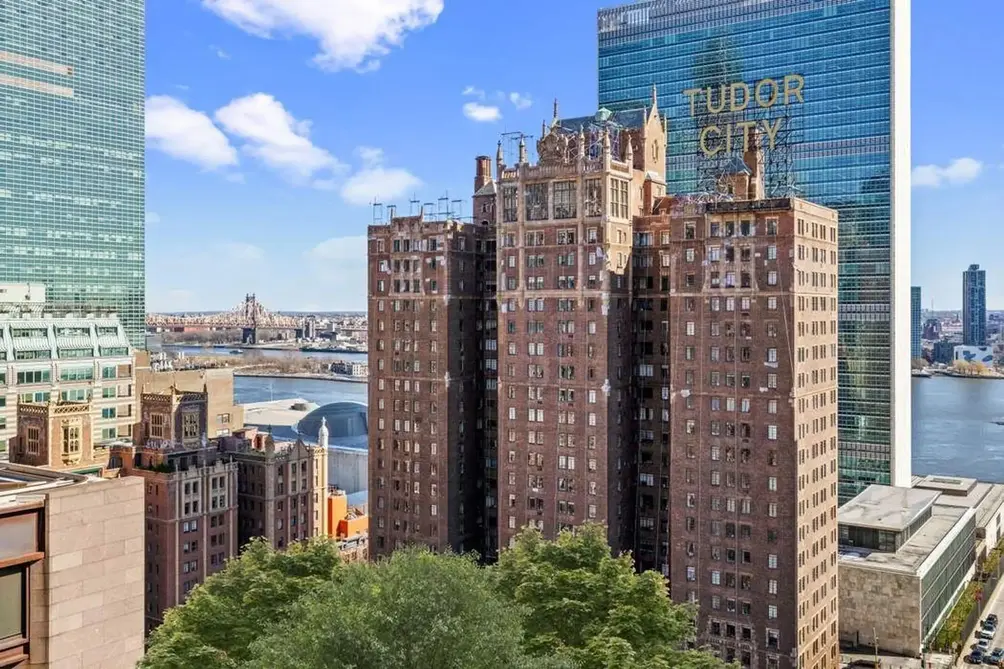
Amenities and services: While you might not find a recording studio, IMAX screening room, or full-service hammam in your Tudor City apartment, the complex does boast great amenities, including bike rooms and fitness centers. They are also fully staffed, offering doorman and concierge service to provide day-to-day assistance for full-time residents and an extra sense of security for pied-a-terre owners.
Landmark historic status: Tudor City was designated a Landmark Historic District in 1988 based on its status as an example of the Garden City movement and, of course, its unique Tudor architecture. The district’s designation report notes, "This project is more than a copy of medieval buildings or even their modern progeny, because in transposing the Tudor Revival style into a skyscraper format for four of the buildings, Tudor City was a highly successful attempt to urbanize the style."
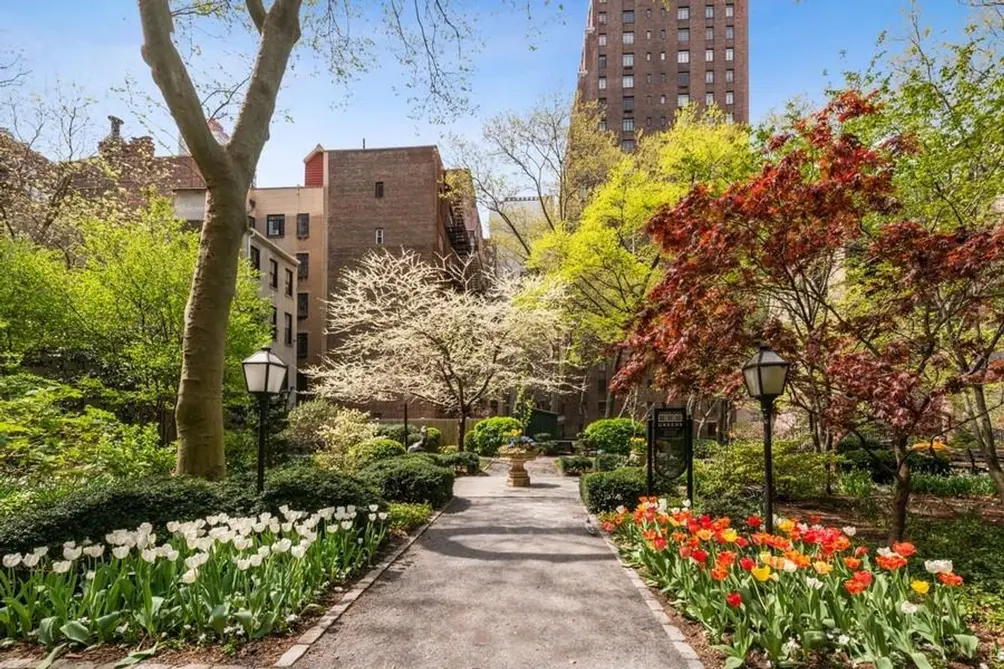 Gardens surrounding the Tudor City complex (Corcoran Group)
Gardens surrounding the Tudor City complex (Corcoran Group)
Green spaces: Tudor City was inspired by the Garden City urban planning movement, which emerged in the late nineteenth century. However, unlike most manifestations of the Garden City movement, which sought to build satellite communities with greenbelts on the periphery of urban centers, Tudor City was designed as a city within a city.
Today, it is still one of the greenest residential communities in Manhattan with two landmarked parks at the heart of it. According to the historic designation report, Fred French saw them as the direct descendant of Gramercy Park, though they are open to the public. These parks are on the National Register of Historic Places and serve as an unofficial social center of Tudor City. Artists' meetup Sketch Tudor City will take place on Sunday, August 2; the parks have hosted a series of book discussions throughout the summer; and events like a Halloween parade, a dog costume contest, and Christmas tree and menorah lightings are scheduled for later this year.
Today, it is still one of the greenest residential communities in Manhattan with two landmarked parks at the heart of it. According to the historic designation report, Fred French saw them as the direct descendant of Gramercy Park, though they are open to the public. These parks are on the National Register of Historic Places and serve as an unofficial social center of Tudor City. Artists' meetup Sketch Tudor City will take place on Sunday, August 2; the parks have hosted a series of book discussions throughout the summer; and events like a Halloween parade, a dog costume contest, and Christmas tree and menorah lightings are scheduled for later this year.
"Tudor City is an eminently successful attempt to implement the principles of Garden City planning in a high density urban environment" - Tudor City Historic District designation report
The Tudor City complex comprises twelve residential buildings and one transient hotel. Hotel Tudor reopened as Westgate New York Grand Central in summer 2021 and, like the apartment buildings, pays respectful tribute to its neighborhood's history. A penthouse at Windsor Tower made memorable appearances in all three Spider-Man movies, and sold for $3.5 million in April 2025. Additionally, the Tudor City complex as a whole has been featured in a wide variety of movies, television shows, and advertisements. Below, we look at the buildings of Tudor City and availabilities inside.
 Windsor Tower, #PH4 (Douglas Elliman)
Windsor Tower, #PH4 (Douglas Elliman)
Would you like to tour any of these properties?
Just complete the info below.
Or call us at (212) 755-5544
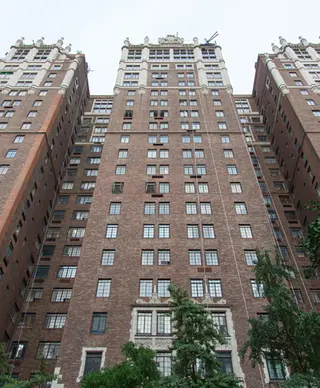
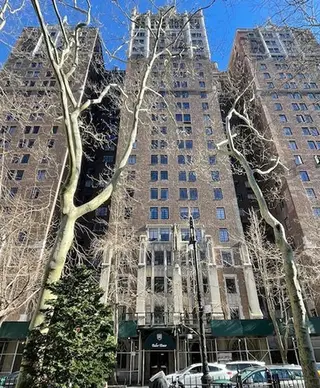
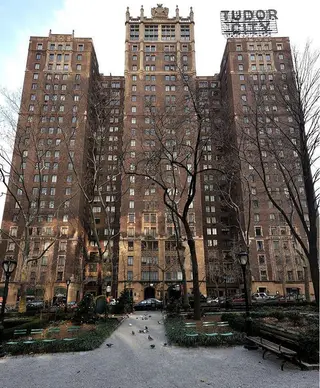
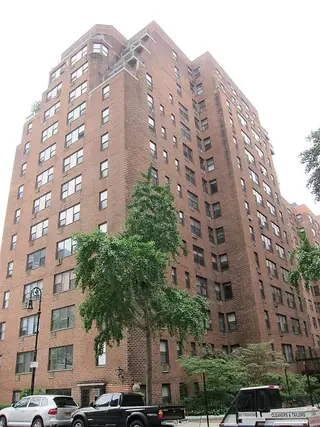
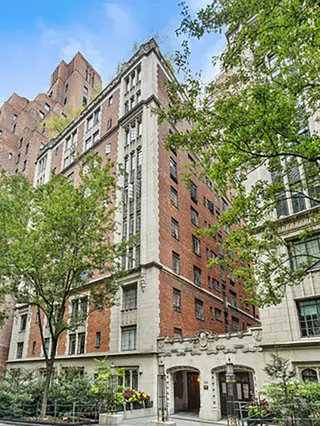
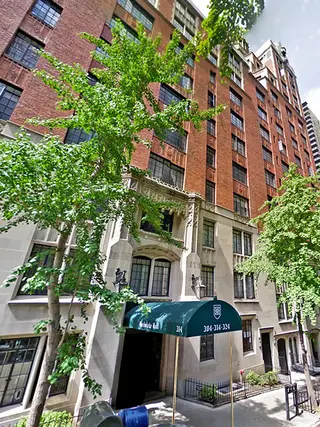
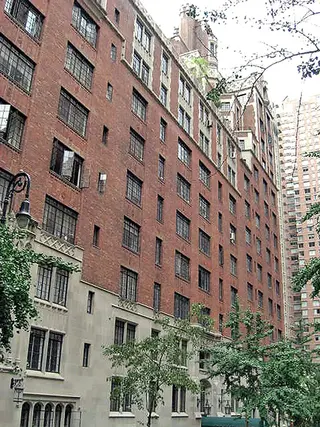
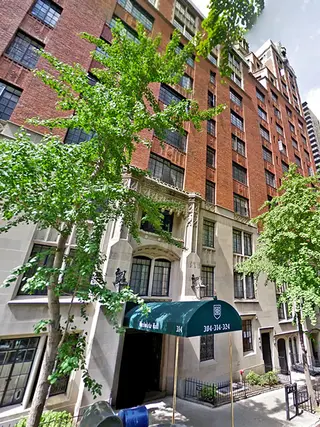
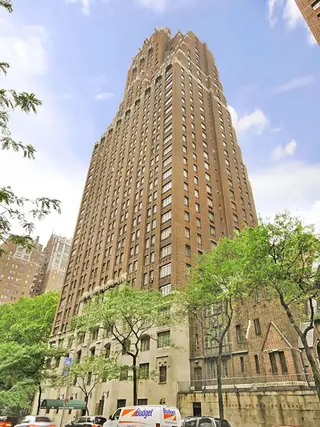
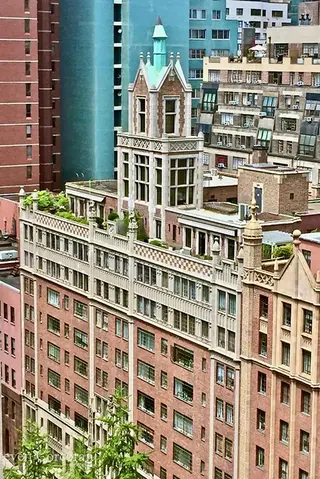
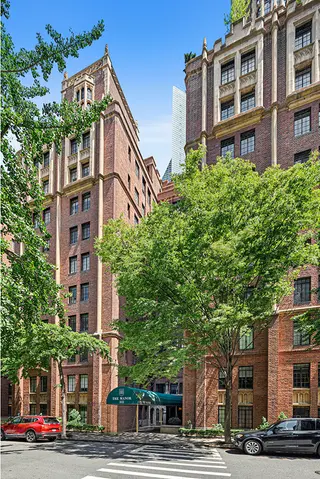
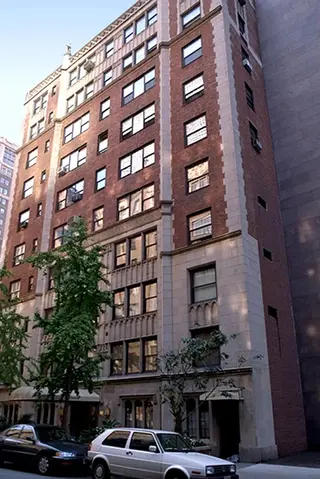
Tudor City Listings

Tudor Tower, #1316 (Douglas Elliman Real Estate)

Prospect Tower, #1120 (Compass)
2 Tudor City Place, #GNS
$450,000 (-5.3%)
Turtle Bay/United Nations | Cooperative | Studio, 1 Bath | 400 ft2

2 Tudor City Place, #GNS (Douglas Elliman Real Estate)


Haddon Hall, #15B (Corcoran Group)

The Manor, #910 (Compass)
Windsor Tower, #931
$565,000 (-5.7%)
Turtle Bay/United Nations | Cooperative | 1 Bedroom, 1 Bath | 600 ft2

Windsor Tower, #931 (Steven Corcoran Real Estate LLC)


Woodstock Tower, #27THFL (Realmart Realty LLC)

Tudor Tower, #2119
$850,000 (-8.1%)
Turtle Bay/United Nations | Cooperative | 2 Bedrooms, 2 Baths | 900 ft2

Tudor Tower, #2119 (Douglas Elliman Real Estate)

The Essex House, #502 (Corcoran Group)

Hardwicke Hall, #PH2B (Andrew J Markowitz Real Estate LLC)

Would you like to tour any of these properties?
Just complete the info below.
Or call us at (212) 755-5544
Would you like to tour any of these properties?

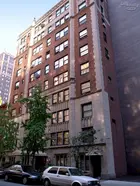
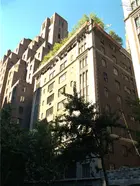
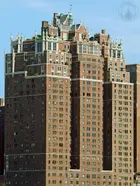
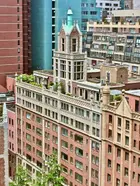

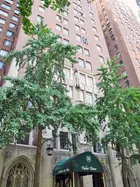
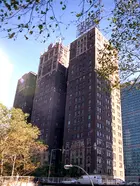
 6sqft delivers the latest on real estate, architecture, and design, straight from New York City.
6sqft delivers the latest on real estate, architecture, and design, straight from New York City.
